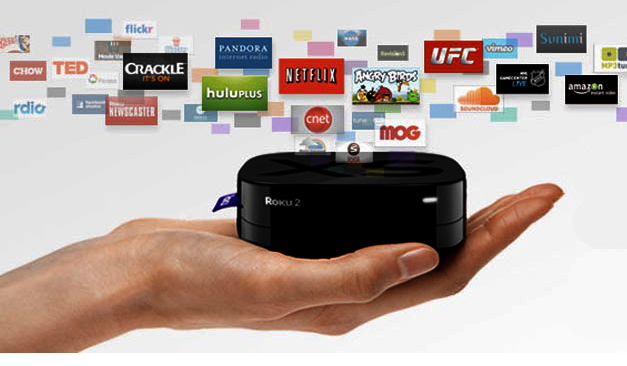Imagine the following scenario: your business associate pushes your meeting an hour back; this information is automatically passed to your agenda which then resets your alarm clock, after having checked first the public transport time tables. Your coffee machine could also be adjusted to your new schedule, all by itself. It may sound like a science-fiction story but this technology actually is not that far away in the future.
RFID tags give objects the ability to communicate
We discussed Radio Frequency IDentification (RFID) before, a technology that allows automatic identification of objects, animals or even people by incorporating a small electronic chip on its “host”. What is really important about this technology is that the information on each micro-chip can be read even at a distance by wireless RFID scanners. To better understand, we can take the following example: a suitcase equipped with an RFID “tag” that contains all necessary information can navigate through the airport by itself and “tell” the luggage belt which plane it should be sent to. With RFID, more and more objects will be able to communicate with each other and create a network of information.
This network can obviously make faster and easier our everyday activities, but could also improve our health care. For example, if an elderly person forgets to take their medication, the RFID-tagged pillbox can send a notification to family members on their mobile phones or alert the local emergency center so that someone goes to check out the situation.
Health monitoring at home
Another technology that will soon prove crucial is, of course, personal health monitoring tools. These devices let patients communicate with their doctors without having to wait in uncomfortable waiting rooms. Thanks to those, check-ups become easier and more frequent!
Personalized entertainment
High-speed internet and the streaming revolution will play a significant role in our future connected home. Devices like the Roku and Boxee already make entertainment more personalized and offer a way to display content from Netflix, Hulu or YouTube on our TV. This evolution may lead to the end of traditional remotes, as we transition to tablet-style remotes and apps that let people use a smartphone or tablet they already own to control their TV. Mobile devices will also connect users to a wide range of books. Could that mean that someday our bookshelves will be empty? We will soon find out!

If you want to know more about the Internet of things you can also check out this impressive infographic, created by CISCO.
So what about you? How would you like to live in an ultra-connected world?


